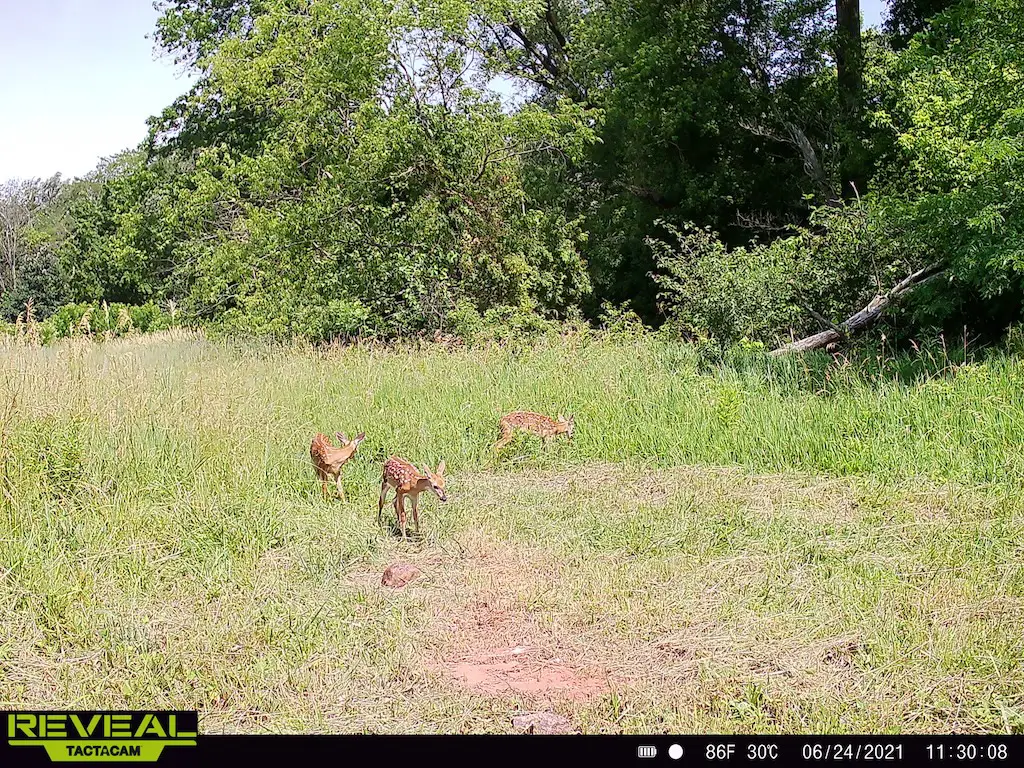Introduction
Owning wild animals as pets is a topic that varies widely in legality and practicality from one jurisdiction to another. In Ohio, the question of whether you can legally have a pet deer is subject to specific wildlife and exotic pet regulations.
Ohio’s Regulations on Keeping Deer as Pets
The Ohio Department of Natural Resources (ODNR) and the Ohio Department of Agriculture (ODA) are the primary agencies responsible for wildlife and exotic animal regulations in the state. Here’s what their guidelines say about keeping a deer as a pet:
- Wildlife Possession Regulations: Generally, Ohio law prohibits the possession of native wildlife, which includes white-tailed deer, as pets. This is due to concerns over public safety, animal welfare, and the potential impact on local ecosystems.
- Permits and Exemptions: In some rare cases, permits may be issued for the possession of a deer, but these are typically for wildlife rehabilitation, educational purposes, or research, not as pets. The ODA oversees permits for certain types of exotic animals, but native wildlife like deer usually fall under different regulations.
- Health and Safety Concerns: Domesticating deer poses significant health and safety risks. Deer are wild animals and can be unpredictable. They also have specific dietary and habitat needs that are difficult to meet in a typical household setting.
- Legal Consequences: Illegally possessing a deer in Ohio can lead to legal consequences, including fines and the removal of the animal.
- Alternatives to Ownership: Instead of owning a deer as a pet, individuals interested in these animals are encouraged to engage with local wildlife through conservation efforts or visit wildlife sanctuaries and parks where deer can be observed in more natural settings.
What Should I Do If I Find a Whitetail Fawn?
If you find a fawn alone, it’s essential to understand that they are usually not abandoned but left by their mothers temporarily to avoid attracting predators. The mother deer typically returns at specific times to feed the fawn. It’s crucial to observe the fawn’s behavior before taking any action. A quiet fawn indicates it’s being looked after, whereas a fawn wandering around and crying might need help.
If you come across a fawn in distress, it’s important not to approach or touch it. Instead, contact a local wildlife rehabilitator for guidance on the best course of action. Moving a fawn from where it was found, even with good intentions, can disrupt the mother’s ability to locate and care for it. Feeding a fawn with milk or food not intended for deer can be harmful to their health.
In general, the best course of action when encountering a lone fawn is to monitor it discreetly from a distance and trust that the mother will return to care for it as part of its natural behavior. Following these guidelines will ensure the fawn’s well-being and help maintain a successful system of deer survival without human interference.
Conclusion
In summary, keeping a deer as a pet in Ohio is generally not legal and is discouraged due to the numerous challenges and risks associated with it. The state’s regulations are designed to protect both the wildlife and the public. For those interested in deer or other wildlife, there are many other ways to appreciate and support these animals responsibly and legally.

